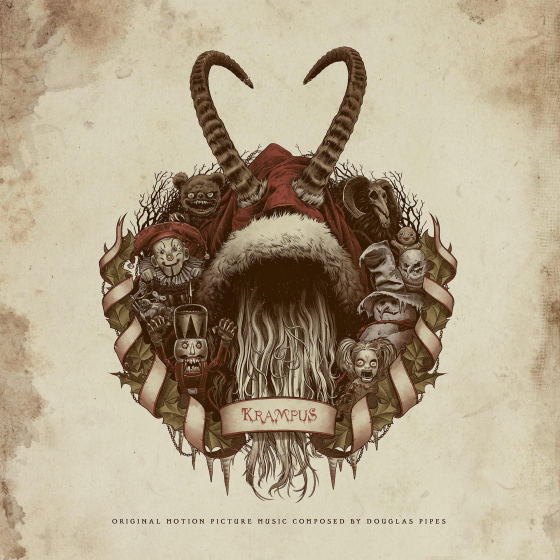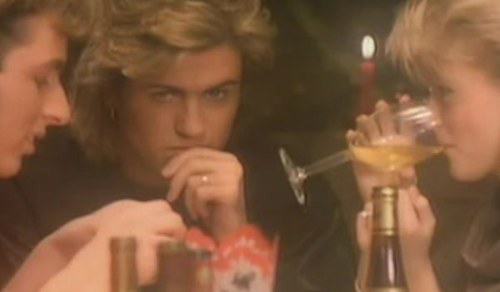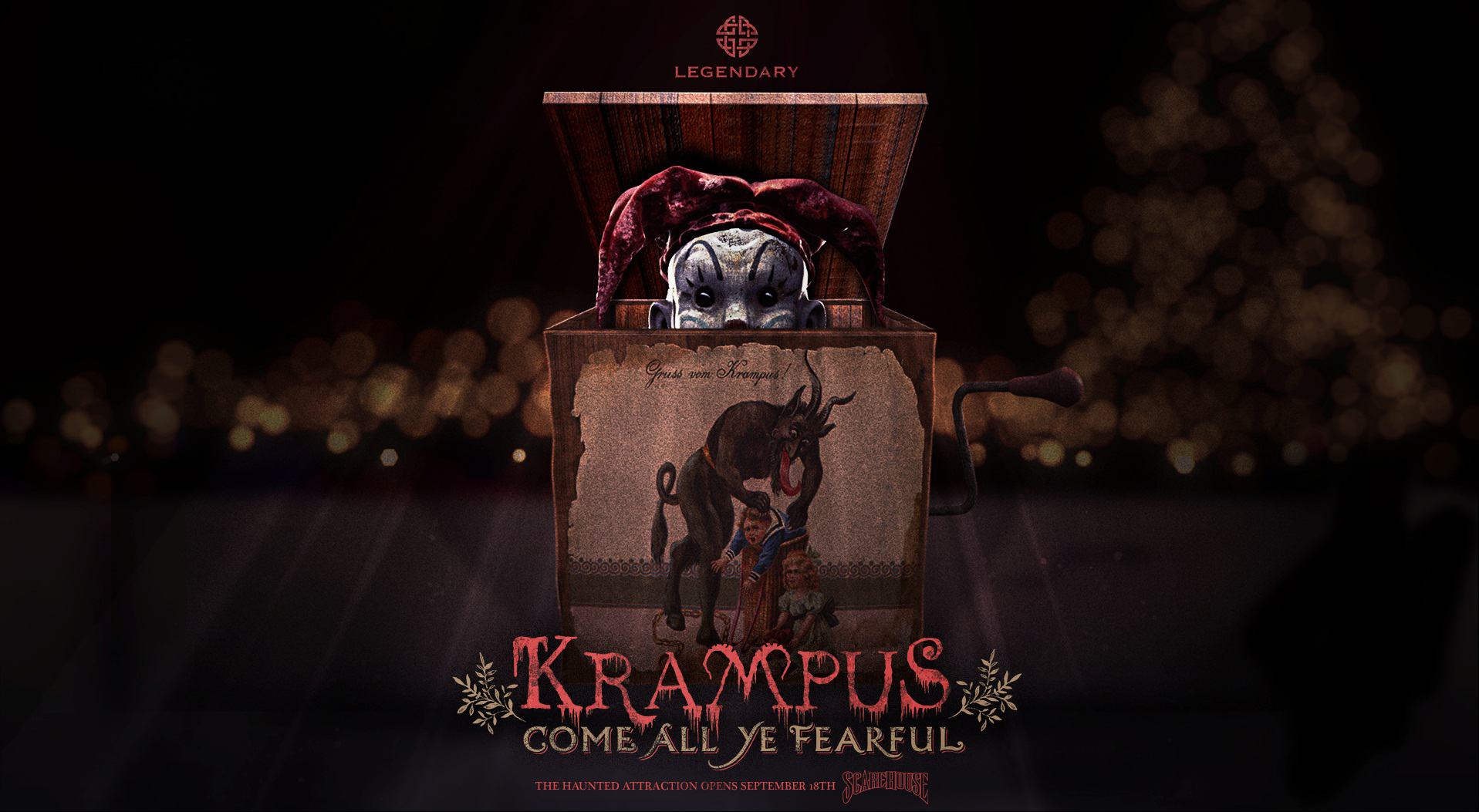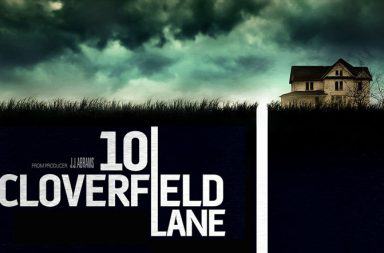So, here comes December. George Michael, along with his astounding blow-dry, is here again to remind you that last Christmas he gave you his heart and you just gave it away and went back home to watch all your Christmas favorites, you heartless toad: The Nightmare Before Christmas, The Gremlins, Home Alone, Die Hard (yes, once and for all, this is a Christmas film, shut up you’re wrong). Well next year, there will be a new flick to add to your DVD (or VHS depending on your situation on the hipster scale) holiday selection: Michael Dougherty’s Krampus, out in cinemas this month.
“What’s that?” you wonder. Glad you asked. Krampus haunts the Central European folklore and basically is Saint Nicholas’ evil alter ego who snatches naughty kids (good riddance… Oops did I say that loud?). In the film, little Max is getting ready to spend Christmas with his dysfunctional family, but after his cousins play a bad prank on him, he tears up his letter to Santa Claus and yells at his family that he hates them, thus losing his Christmas faith. Well, so far, it’s just Home Alone all over again. But Krampus, that sneaky goat-like pox has been watching the whole time, waiting for the right occasion to release his killer elves, evil gingerbread men and other murderous monsters upon this poor family.
From a Christmas comedy with its stereotyped family members bound to rip each other’s throat at any given chance, Krampus turns into a full-blown delightful horror film with a nice 80s vibe. And this is facilitated by the outright enjoyable soundtrack by Douglas Pipes. It’s the second time Dougherty teams up with the composer, the two having previously worked on the cult Halloween anthology Trick ‘r Treat (2007). So the duo is kind of used to twisting holiday traditions. Back in 2006, Dougherty had noticed Pipes’ score for the animated feature Monster House and had loved the fact that the composer had used themes and melodies, two things that are no longer used in the horror genre, according to him. The director, a huge film music fan himself, immediately asked Pipes to score Trick ’r Treat.
The composer had never heard of Krampus before Dougherty came up with it, but it triggered his imagination right away. Pipes started experimenting with well-known Christmas carols (“Silent Night”, “Oh Christmas Tree”, “Carol of the Bells”, etc.), deconstructing, altering, distorting, editing and twisting them. Bits of them can be heard here and there throughout the score. And to keep the film rooted in a Christmassy atmosphere, Pipes also used sleight bells and choirs, two things that we traditionally associate to this holiday. In addition to these familiar melodies, Pipes created original themes. In a Film Music Mag interview, he states that “[he] wanted to create a thematic foundation for Krampus that could work as a simple folk-melody as well as a fully orchestrated fantasy score. [His] intention was that it could very well feel like a long lost carol, a traditional folk melody, but possessing a shape and structure that allowed for darker variations to emerge, and would fit hand-in-hand with the Christmas themes.”
Douglas Pipes, recording with the New Zealand Symphony Orchestra
(Source: facebook.com/newzealandsymphonyorchestra; Photo: Usha Bhana)
For him, the tricky thing with the Krampus score was to create a balance between the light and the dark side of the film, between the Christmas comedy spirit, horror and fantasy, and to keep these three aspects all tied up together. He undoubtedly achieved his goal and this can be explained by his very Dickensian way to envision the holiday: “I would say Christmas maybe even more than Halloween presents fantastic opportunities for twisting the traditions, darkening the storm clouds, and singing carols of caution.”
Clever and mischievous, Krampus’ score will also scare the bejaysus out of you, Seriously, listen to “The Shadow of Saint Nicholas”, you’ll want to listen to Wham on repeat after that, just to feel safe. And nothing screams “safe” as George Michael’s blow-dry does.
Marine Wong Kwok Chuen






